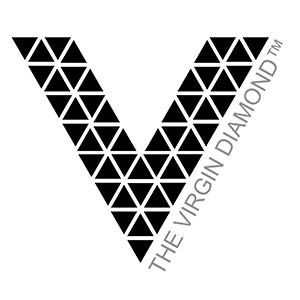
The industry has traditionally not cared if the diamonds it sells are new or used. After all, when you sell a billion-year-old product, new is a pretty relative concept.
Still, with the growing importance of trade-ins, some have talked up recycled diamonds as a good thing, since recycling helps the environment.
Now, a new concept, “The Virgin Diamond,” spearheaded by GemFind veterans Louis Valentine and Brandon Willenkamp, wants to flip that logic on its head. It is based on the idea that, all things being equal, consumers will prefer a diamond that’s never been used or worn.
Below is the Virgin Diamond’s introductory video, which argues that any diamond that’s been “on the finger of another woman…symbolizes someone else’s love, someone else’s failed relationship”:
Willenkamp admits that some retailers might not like what this company is doing, bringing up an issue that they have traditionally not mentioned to consumers.
But he says his “jaw dropped when he found out that a large number of consumers don’t know their diamond is not a brand-new diamond. And I realized consumers would want to know.
“When you have a Louis Vuitton purse, you know if it’s brand new or used,” he continues. “If you have a car, you know that it’s new. But most consumers don’t know if their diamonds are worn by someone else.”
But that brings up another question: Diamonds are pretty durable. Why would a consumer care if his or her stones are used? Is this all about superstition, or what business professor Anne Bowers calls sympathetic magic? (According to a study by Bowers, consumers will pay less for a diamond that’s been in a divorce.)
Willenkamp says that’s part of it.
“People call it bad juju. One retailer told me they had a diamond come back three times. And every time, the salespeople just shook their head.”
But he also says his product is based on more than that.
“When you ask a woman, do you want another woman’s diamond, they say no. When you get married, you want a diamond that symbolizes your love beginning.” (The product’s slogan: “The History Begins With You.”)
To qualify as a “Virgin Diamond,” a diamond must meet specific criteria and be set aside by a manufacturing sightholder. Willenkamp eventually hopes to be able to specify the particular mine the diamond came from. “Our goal is to provide that level of transparency,” he says.
The Virgin Diamond concept is currently being licensed to retailers. Willenkamp says that jewelers should look at it as another selling point and that he recommends that Virgin Diamonds cost no more than their nonvirgin counterparts.
“A large number of consumers see the value in a Virgin Diamond, especially when it doesn’t cost more than any other diamond,” he says.
One more thing: According to the Jewelers Vigilance Committee, jewelers are required to disclose if they are selling a second-hand diamond. It’s safe to say that few do.
(Images courtesy of The Virgin Diamond)
Follow JCK on Instagram: @jckmagazineFollow JCK on Twitter: @jckmagazine
Follow JCK on Facebook: @jckmagazine